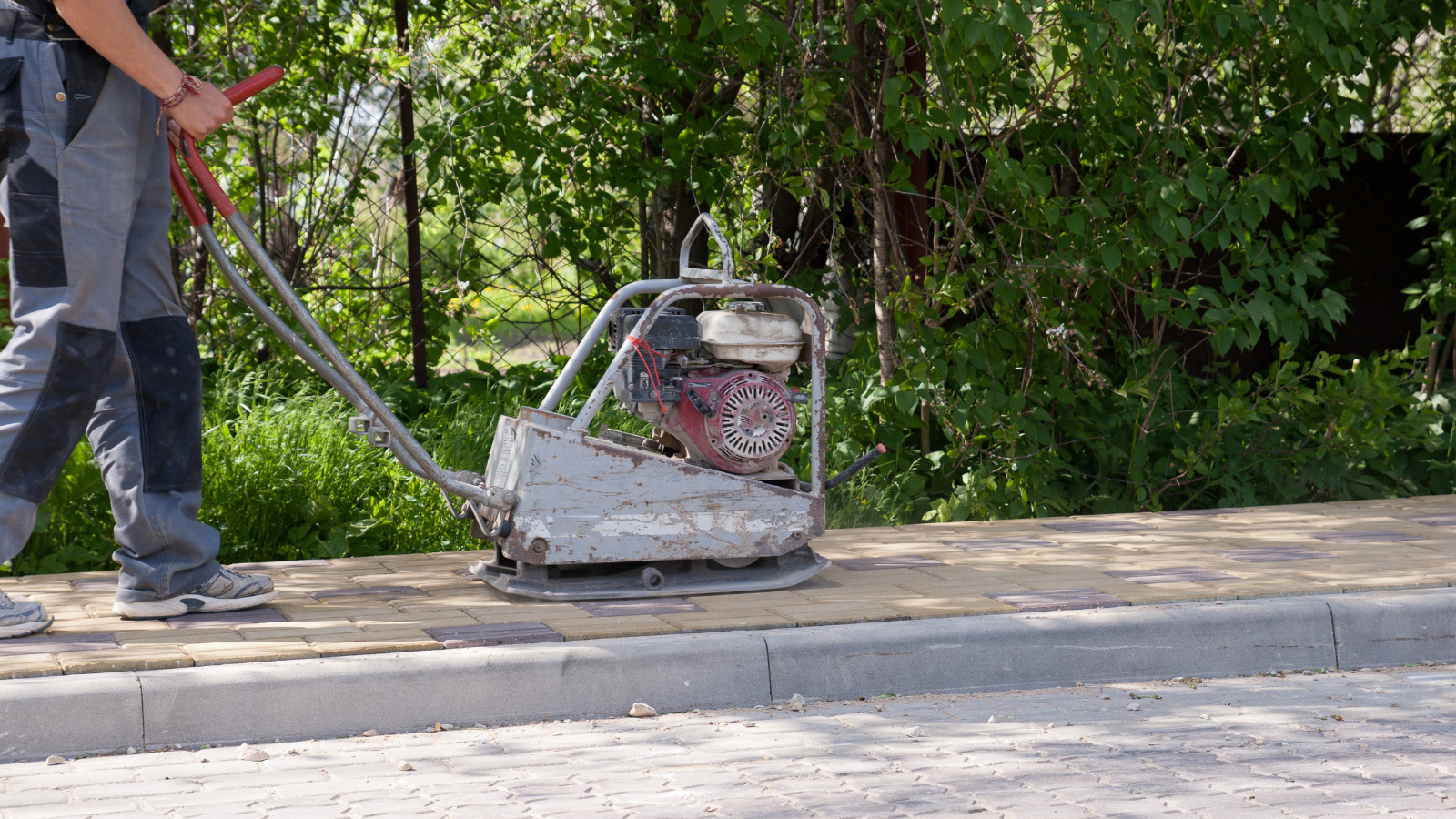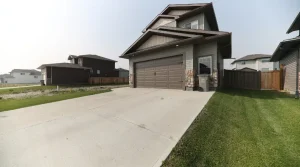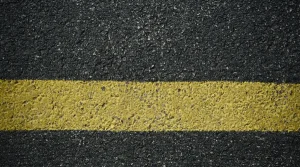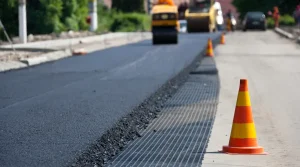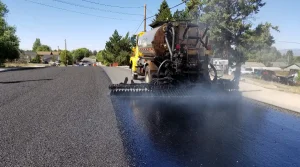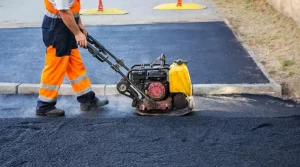How to Easily Clean Pavers
Cleaning your pavers doesn’t have to be a chore. Here’s a simple method to keep them looking great:
- Give ’em a Sweep: Quickly remove loose dirt and debris with a broom.
- Wet ’em Down: Hose them off to loosen grime and prepare for the next step.
- Scrub-a-Dub-Dub: Mix a little mild detergent with water and scrub away any stains with a brush.
- Rinse ’em Off: Thoroughly rinse the pavers with a hose to remove all soap residue.
- Let ’em Dry: Allow the pavers to air dry completely before walking on them.
Cleaning Concrete Pavers: A Step-by-Step Guide
Concrete pavers need a little extra TLC. Follow these steps for a deep clean:
- Gather Your Gear: Grab a broom, hose, mild detergent, bucket, scrub brush, and a power washer (optional).
- Clear the Clutter: Move any furniture or plants off the pavers.
- Sweep It Up: Remove loose debris with a broom.
- Wet the Surface: Hose down the pavers to wet them thoroughly.
- Soapy Solution: Mix a mild detergent with water and apply it to the pavers.
- Scrub-a-Dub-Dub (Again): Scrub the pavers with a brush, paying extra attention to stained areas.
- Power Wash (Optional): For a deeper clean, use a power washer on a low setting. Be careful not to damage the pavers.
- Rinse Thoroughly: Rinse the pavers with clean water.
- Inspect and Repeat: If necessary, repeat the scrubbing process to remove stubborn stains.
- Let ’em Dry: Allow the pavers to air dry completely.
Six Regular Cleaning Methods to Keep Your Pavers Pristine
Want to keep your pavers looking their best? Here are six simple cleaning methods:
- Regular Sweeping: A quick sweep can go a long way in preventing dirt and debris buildup.
- Hosing Down: A quick rinse with a hose can remove loose dirt and refresh the surface.
- Soap and Water Scrubbing: For tougher dirt and stains, a little soap and water can do the trick.
- Vinegar Solution: A natural and effective cleaner, vinegar can help remove stains and mildew.
- Baking Soda Paste: A powerful tool for stubborn stains, baking soda can help lift grime and oil.
- Power Washing (Sparingly): A deep clean with a power washer can remove embedded dirt, but use it sparingly to avoid damaging the pavers.
Conclusion
By following these simple cleaning tips, you can keep your pavers looking beautiful for years to come. Remember, regular maintenance is key to a stunning outdoor space. So grab your cleaning supplies and get to work!
Are you looking for professional paver cleaning services in Hackensack, NJ? Contact Paving Hackensack today for a free quote. Our experienced team can help you maintain the beauty of your outdoor space.

